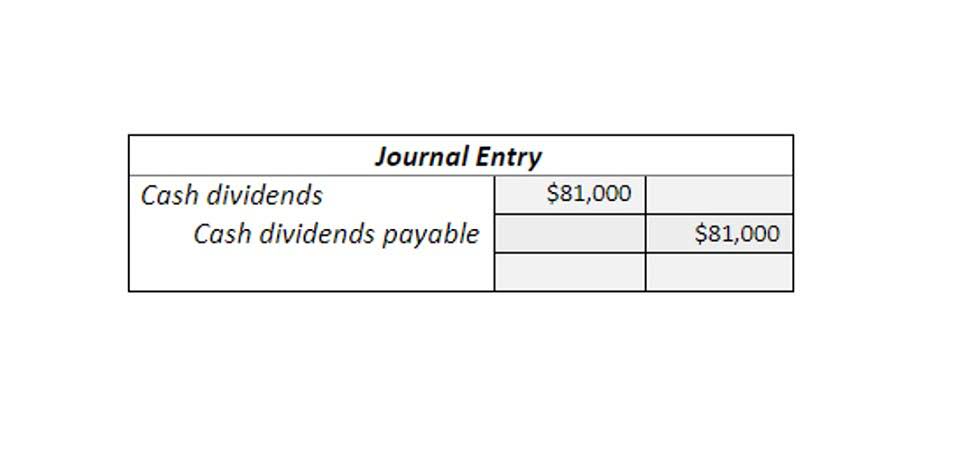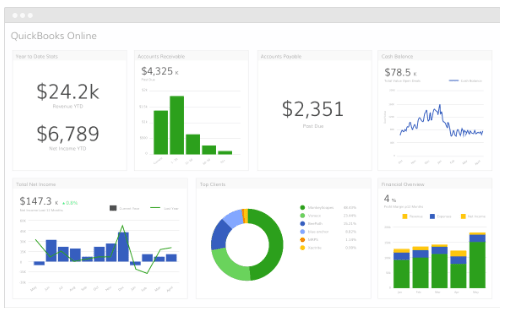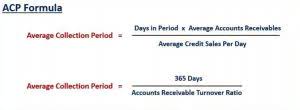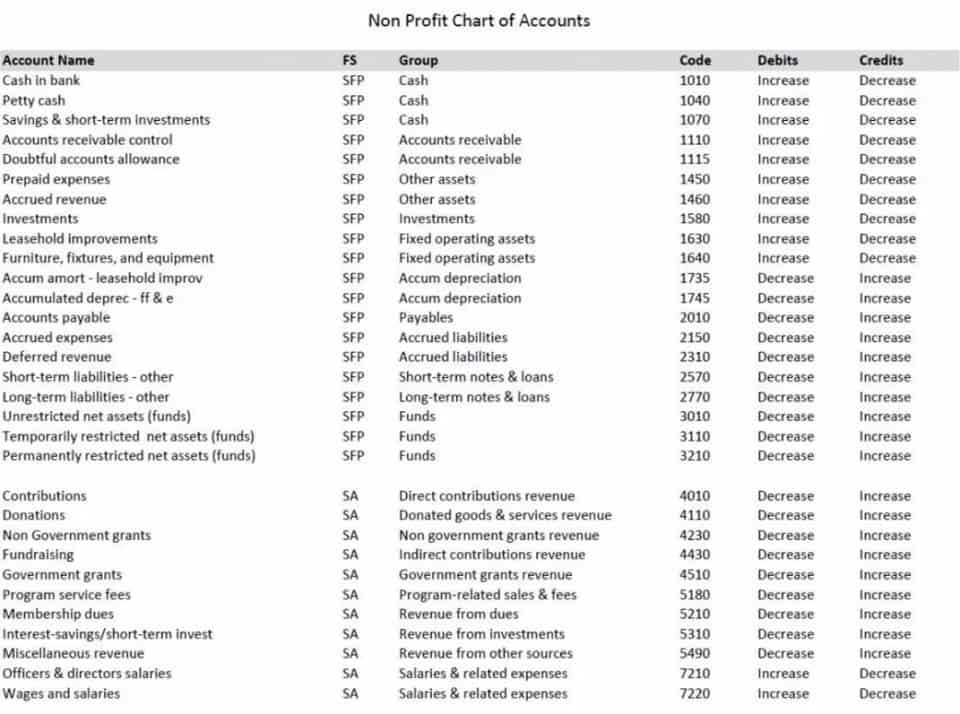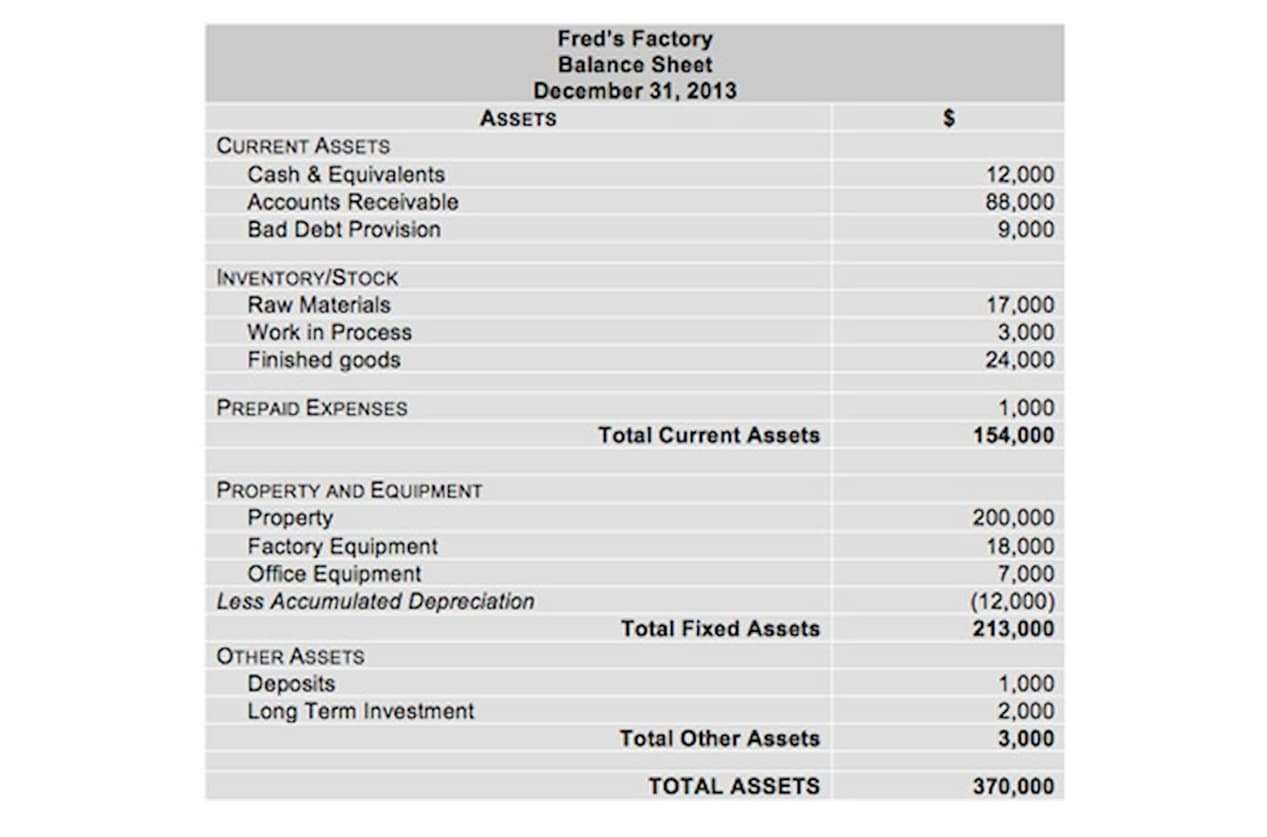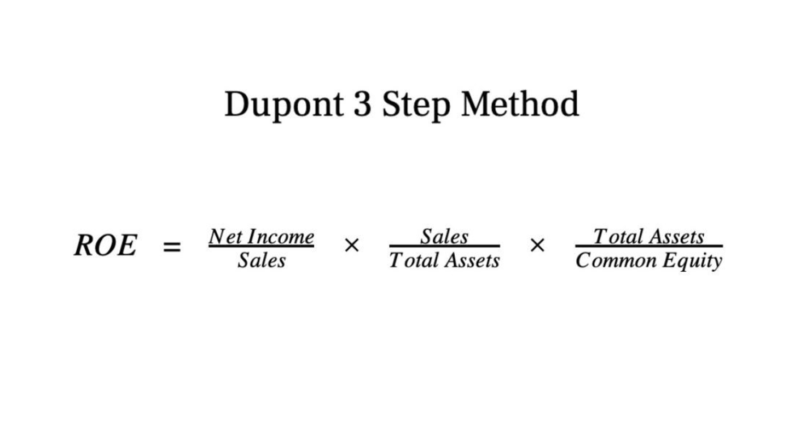
Typically, companies integrate their accounting software with their payment processor and point-of-sale (POS) software to capture revenue. Disorganized books can lead to bad decisions, failure to fulfill various obligations and sometimes even legal problems. That’s why today we will discuss the eight accounting cycle steps you can follow to ensure accuracy.
Steps of the Accounting Cycle
The result of posting adjusting entries should be an adjusted trial balance where the total credit balance and the total debit balance match. The general ledger is a central database that stores the complete record of your accounts and all transactions recorded in those accounts. The next step in the accounting cycle is to post the transactions to the general ledger. Think of the general ledger as a summary sheet where all transactions are divided into accounts. It lets you track your business’s finances and understand how much cash you have available.
As a small business owner, you’ve likely had a crash course in accounting 101, learning everything from how to track business expenses, to learning about the different types of accounting. You need a dynamic, end-to-end payables solution that automates the basic accounting process, so your team can focus on growth. If you use accounting software, this usually means you’ve made a mistake inputting information into the system.
Overall, determining the amount of time for each accounting cycle is important because it sets specific dates for opening and closing. Once an accounting cycle closes, a new cycle begins, starting the eight-step accounting process all over again. Once your transactions have been entered for the month, you will then need to post the totals from your subsidiary journals to your general ledger. This step is unnecessary if you’re using accounting software, which I highly recommend.
By maintaining a record of all fiscal transactions and keeping structured records, enterprises can streamline their tax filing, ensure precision, and reduce the risk of penalties or audits. Finally, you need to post closing entries that transfer balances from your temporary accounts to your permanent accounts. You need to identify all transactions that occur throughout the fiscal year. The best approach to do that is to create a system where every transaction is automatically captured because that prevents human error.
The total credit and debit balance should be equal—if they don’t match, there’s an error somewhere. The unadjusted trial balance is the initial version of the trial balance that hasn’t been analyzed for accuracy and adjusted as needed. A shorter internal accounting cycle can make bookkeeping more manageable, especially when the company’s finances are complicated. However, businesses with internal fas in accounting accounting cycles also follow the external accounting cycle of the fiscal year. The accounting cycle is a methodical set of rules that can help ensure the accuracy and conformity of financial statements. Computerized accounting systems and the uniform process of the accounting cycle have helped to reduce mathematical errors.
Identifying and recording transactions.
It streamlines tax preparation and serves as an essential tool in financial planning, fiscal forecasting, and building strong investor relationships. Moreover, investors often demand these records for due diligence during fundraising rounds. The accounting process’s importance extends beyond basic bookkeeping. An effective accounting process can identify inefficiencies or inconsistencies in business operations. A systematic series of steps companies use to keep accurate and consistent accounting records. That being said, accrual accounting offers a more accurate picture of the financial state of any given business, which is why in some cases, companies are obligated by law to use this method.
Prompt Reporting

The operating cycle can be expressed in a formula as the sum of the financial analysis ratios for days’ sales outstanding and the average collection period. Understanding the operating cycle in your business is essential for cash flow management. There are lots of variations of the accounting cycle—especially between cash and accrual accounting types.
Step 2: Entering transactions
This stage can catch a lot of mistakes if those numbers do not match up. Once you’ve reconciled your bank statement, you will likely have a few adjusting entries to make. This is the point where you would also make any depreciation entries and enter payroll or other expense accruals. The purpose of these journals is to provide the details of the balance that you will later transfer to the G/L. Depending on where you look, you can find the accounting cycle described in 4 steps, 5 steps, even 10 steps.
- Tax adjustments help you account for things like depreciation and other tax deductions.
- The general ledger is like the master key of your bookkeeping setup.
- For example, one of the steps in the accounting cycle involves creating a trial balance.
- Beyond sales, there are also expenses that can come in many varieties.
- Accruals make sure that the financial statements you’re preparing now take those future payments and expenses into account.
The third step in the process is posting journal information to a ledger. Posting takes all transactions from the journal during a period and moves the information to a general ledger, or ledger. As you’ve learned, account balances can be represented visually in the form of T-accounts. An efficient accounting cycle is vital for the smooth operation of a company’s financial department. It ensures financial transactions are accurately and promptly recorded, organized, and analyzed. Following the accounting cycle is a standard practice that helps to ensure that all financial transactions are accounted for.
The accounting cycle is considered a bookkeeping basic and is a a step-by-step process performed by accountants to ensure that all financial transactions are properly recorded. Starting from the initial financial transaction, the accounting cycle makes the entire financial process simpler, and helps to ensure that you don’t overlook any of the processes. The accounting cycle is a standard, 8-step process that tracks, records, and analyzes all financial activity and transactions within a business. It starts when a transaction is made and ends when a financial statement is issued and the books are closed.
OpenStax
Accounting is the interpretation and presentation of that financial data, including aspects such as tax returns, auditing and analyzing performance. Making two entries for each transaction means you can compare them later. All popular accounting apps are designed for double-entry accounting and automatically create credit and debit entries. Each step in the accounting cycle is equally important, but if the first step is done incorrectly, it throws off all subsequent steps.
If your business uses the cash accounting method, you can still follow the cycle, but you can eliminate some of the steps such as adjusting entries. The last step in the accounting cycle is preparing financial statements—they’ll tell you where your money is and how it got there. It’s probably the biggest reason we go through all the trouble of the first five accounting cycle steps. At the end of the accounting period, you’ll prepare an unadjusted trial balance. Accounting software can help avoid the hassle of correcting these errors because it checks the amounts and whether debits and credits are equal when you post journal entries.
Read this Journal of Accountancy column on drillable financial how to integrate credit card processing into xero statements to learn more. Gift cards are a great way for a company to presell its products and to create cash flow. One of the problems with gift cards is that fraudsters are using the retailer’s weak internal controls to defraud the retailer’s customers.
After closing, the accounting cycle starts over again from the beginning with a new reporting period. Closing is usually a good time to file paperwork, plan for the next reporting period, and review a calendar of future events and tasks. Thanks to accounting software, much of this cycle is automated, so you no longer have to post in separate journals, or wait to post to the general ledger (G/L). But even though the cycle is automated, it’s important to understand each of the steps, and why each is necessary. First, an income statement can be prepared using information from the revenue and expense account sections of the trial balance. Missing transaction adjustments help you account for the financial transactions you forgot about while bookkeeping—things like business purchases on your personal credit.
